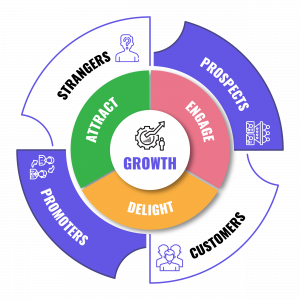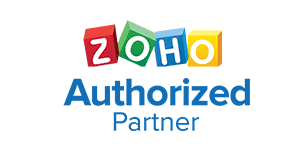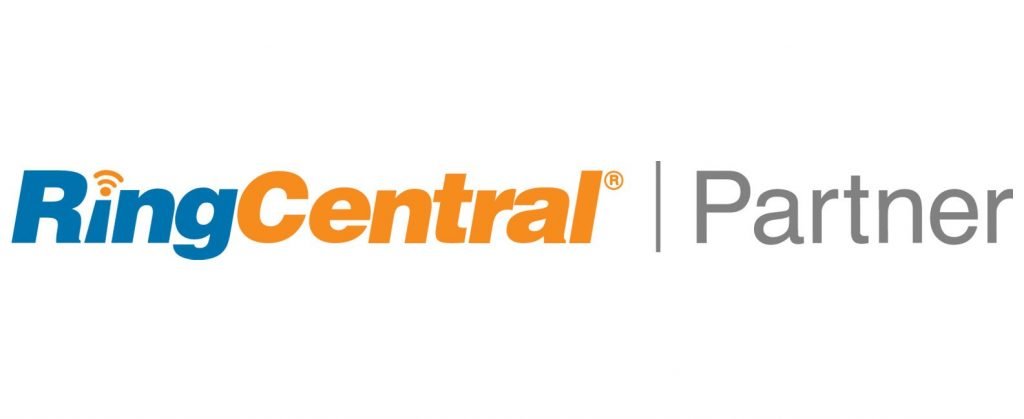First, let’s consider where your potential customers are. Think about which of your channels generates the most traffic to your website, and whether it’s possible to add interactivity to the experience through a messaging app. Finally, consider asking potential customers directly where they prefer to communicate. By understanding where prospects and customers like to communicate, you can begin to develop strategies to meet their needs.
The second thing to consider is how your potential customers want to communicate with your business. This often coincides with the buyer’s journey stages and what visitors are trying to accomplish when they come to your site.
During the awareness phase, visitors are looking for educational resources. At this point, a chatbot can be one of the best conversational tools to consider because it can speed up someone’s ability to find the information they want.
On the other hand, for visitors in the consideration stage who are looking for more information about your business, consider using an always-on channel like Messenger or WhatsApp.
Finally, for decision-making visitors who want to get in touch with your team directly, being able to use the live chat option is probably most useful. The exact options are up to you. However, you should align them directly with your buyer persona’s needs.
In the end, make sure the channel works for your team. If you have a small team that doesn’t always stay online, maybe live chat isn’t for you. Conversely, if your team prefers one-on-one customer interactions, it might be a good idea to move away from app-based channels, as using an agent may feel a little worse than talking in person.
The behavior of your characters gives you insights into which channels they prefer to have conversations. These behaviors can range from the web pages they browse to the time of day they open their emails, and even disengagement such as jumping away without further clicking on a web page, or not opening an email.
Building a conversational growth strategy around the right buyer personas helps you deliver value to them and grow your own business. Remember, having the right conversations with the right people is the key to building inbound marketing success.









